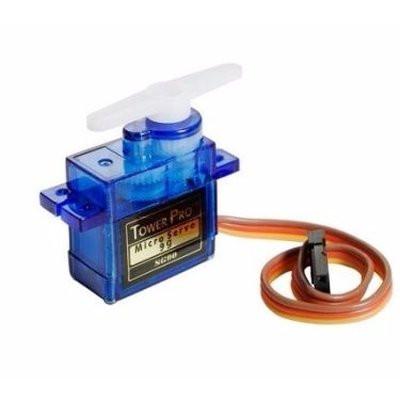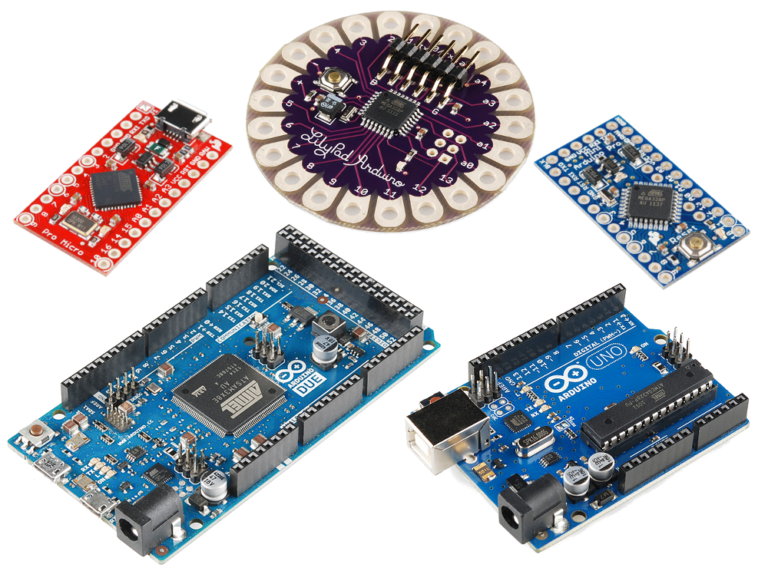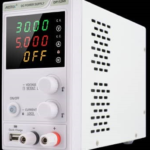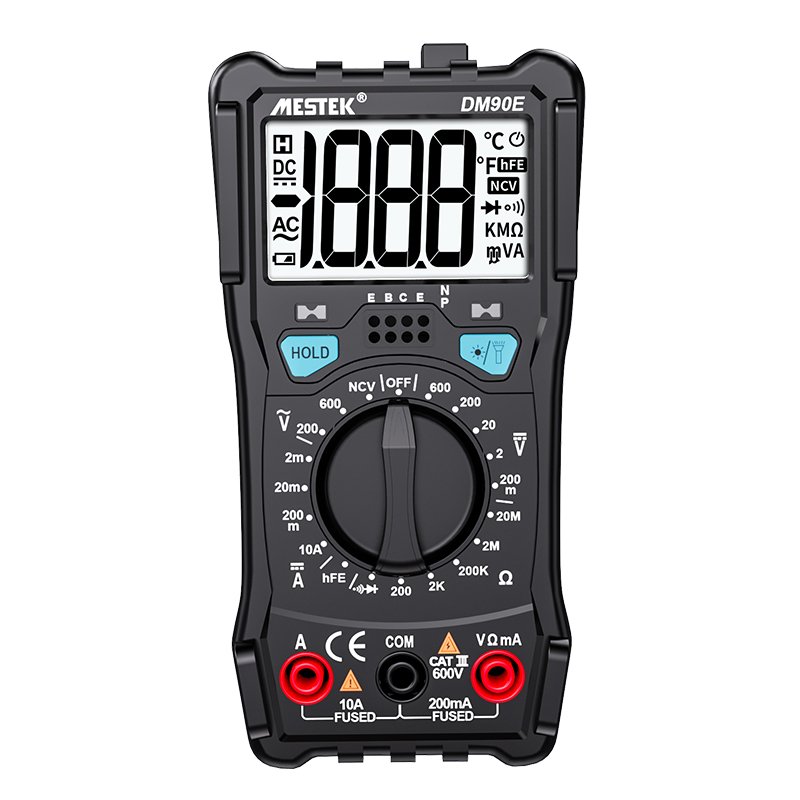Servo motors use feedback to determine it’s position, therefore they can be used to control the position of objects, rotate objects,various parts of a robot with high precision. The size of a servo motor is considerably small and with their built in circuitry, they can be connected directly to a micro-controller. Servo motors were first used in the Remote Control (RC) world, usually to control the steering of RC cars or the flaps on a RC plane. With time, they found their uses in robotics, automation, and of course, the Arduino world In this article, we’ll look at how to interface a servo motor with an Arduino UNO micro-controller.


Most servos you’ll see around have three connections
- Black/Brown – ground wire
- Red – +Ve wire
- Orange/Yellow/White – signal wire
Servo motors run on 5V, so it can be powered directly from your Arduino 5V port.
You’ll need the following to carry out this project
Hardware
Software
- Arduino IDE, download here
Step 1: Circuitry

arduino-servo circuit
Step 2: Upload the code
Fire up your Arduino IDE and follow the instructions below
- Click on File
- Go to Examples
- Select servo, Sweep
- Or you can copy the code below
- Click on upload
/* Sweep
by BARRAGAN <http://barraganstudio.com>
This example code is in the public domain.
modified 8 Nov 2013
by Scott Fitzgerald
http://www.arduino.cc/en/Tutorial/Sweep
*/
#include <Servo.h>
Servo myservo; // create servo object to control a servo
// twelve servo objects can be created on most boards
int pos = 0; // variable to store the servo position
void setup() {
myservo.attach(9); // attaches the servo on pin 9 to the servo object
}
void loop()
{
for (pos = 0; pos <= 180; pos += 1)
{ // goes from 0 degrees to 180 degrees
// in steps of 1 degree
myservo.write(pos); // tell servo to go to position in variable 'pos'
delay(15); // waits 15ms for the servo to reach the position
}
for (pos = 180; pos >= 0; pos -= 1)
{ // goes from 180 degrees to 0 degrees
myservo.write(pos); // tell servo to go to position in variable 'pos'
delay(15); // waits 15ms for the servo to reach the position
}
}
Results
If you did everything right, your servo motor should rotate 180 degrees in a clockwise motion and vice versa

Wanna do more????
You could build a Bluetooth mobile phone controlled R.C car
Extra part needed
- 2WD motor kit, buy it here
Refer to this article on interfacing a HC-05/HC-06 Bluetooth module with your mobile phone.












 Power supply
Power supply











